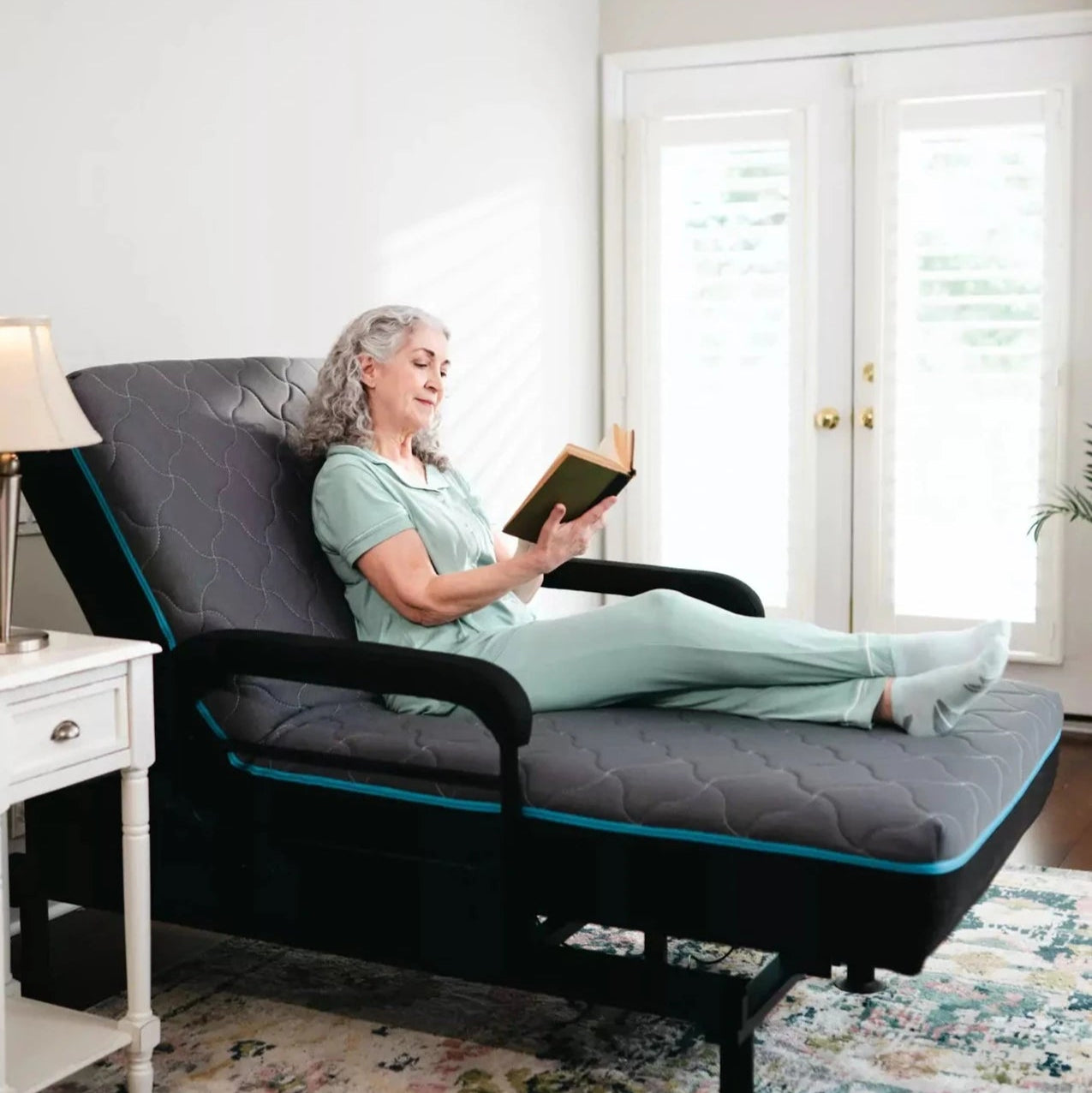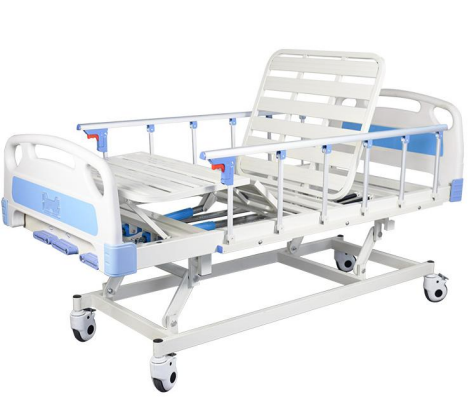The Best Guide To Hospital Beds For Home Use
The Best Guide To Hospital Beds For Home Use
Blog Article
How Hospital Beds For Home Use can Save You Time, Stress, and Money.
Table of ContentsHospital Beds For Home Use Fundamentals ExplainedHospital Beds For Home Use Fundamentals ExplainedThe Definitive Guide to Hospital Beds For Home UseHospital Beds For Home Use Can Be Fun For Anyone5 Easy Facts About Hospital Beds For Home Use ShownThe 30-Second Trick For Hospital Beds For Home UseThe 8-Minute Rule for Hospital Beds For Home Use
There are three primary kinds of healthcare facility beds: handbook, semi-electric, and fully-electric. These beds use hand cranks to change the bed's elevation and elevate and reduce the head and the foot.
Semi-electric beds have an electrical motor to raise and lower the head and foot parts of the bed (hospital beds for home use). Full-electric beds have an electrical motor that can raise the head and foot areas of the bed as well as the entire height and positioning of the bed.
Hospital Beds For Home Use Things To Know Before You Buy
There are a number of kinds of healthcare facility beds, each developed to fulfill particular individual demands. Here are some common kinds: This is the most common type of healthcare facility bed, designed for basic clinical use.
Reduced to the ground than a basic bed. This sort of bed is made for bigger patients, with a larger framework and greater weight capability than a conventional bed. This kind of bed is developed especially for youngsters, with smaller sized sizes than a basic bed. Special features such as complete length side rails and animation style.
This kind of bed is developed for critically sick patients who need open tracking and specialized medical devices such as ventilators and mixture pumps. This kind of bed is designed for use during labor and shipment, with adjustable placements and attributes to support the mom and child during the birth process.
Hospital Beds For Home Use - The Facts
Several function and the accessories perform broadening traction to various components of the vertebra and the extremities without relocating the body. These are simply a few instances of the kinds of healthcare facility beds readily available. The certain type of bed utilized will depend on the individual's problem, clinical requirements, and various other factors.
Here is the thing you need to understand. A one-function medical facility bed is a medical bed that permits a patient to relocate just the head or foot section up or down. A 2 feature healthcare facility bed normally describes a kind of clinical bed that has 2 adjustable features to help individuals in medical facilities or care facilities.

What Does Hospital Beds For Home Use Do?
A 7-function ICU bed is a kind of medical bed that gives a number of flexible features to support seriously ill individuals in a critical care unit (ICU) (hospital beds for home use). The 7 functions normally include: Backrest modification: The backrest can be changed to various angles to help the patient rest up or lie down comfortably
Height modification: like it The bed can be increased or lowered to make it much easier for people to obtain in and out of bed, and for caregivers to offer care. Trendelenburg setting: The whole bed can be tilted to advertise blood flow and flow in the body. Reverse Trendelenburg placement: The bed can additionally be tilted in the contrary direction to advertise blood circulation and circulation in the top body.
1. What Size is a Hospital Bed? 2. Just how much Does a Health Center Bed Cost? 3. Why Do Medical Facility Beds Have Side Rails? 4. What Are The Main Medical Facility Bed Components?. While even more cost effective than electric models, these beds need exertion for changes. The main advantages of manual beds are their affordability and reliability, as they do not rely upon electrical energy. The need for hands-on initiative can be a constraint in circumstances where quick modifications are needed or where caregivers encounter physical difficulties.
Getting My Hospital Beds For Home Use To Work
They are fit for people who call for very little repositioning for comfort or clinical requirements. Semi-electric hospital beds supply an equilibrium of handbook and electric controls. The head and foot sections are generally changed with electrical controls, while the height is changed manually. These beds give an ideal middle ground in between guidebook and fully electric alternatives, offering simplicity of usage without the full cost of electric models.
Semi-electric beds are well-suited for clients that need moderate changes to the head and foot sections however can manage without constant height modifications. This makes them a cost-efficient service for those seeking convenience and ease without the demand for constant repositioning. Fully electric health center beds include electrical controls for smooth adjustments to the elevation, head, and foot sections.
Specialized health center beds, such as ICU beds, lasting treatment beds, and bariatric beds, are thoroughly made to resolve specific medical demands. These beds provide tailored look after varied client teams, improving both results and convenience. click over here In the adhering to sections, we will explore the major kinds of specialized healthcare facility beds, outlining their particular advantages and applications.
With years of experience in manufacturing electric linear actuators - hospital beds for home use and close collaboration with the health care sector, TiMOTION is well-positioned to offer reliable medical care options. Our vertically incorporated business handles every step of the manufacturing process, from style to actuator assembly, ensuring we provide extraordinary worth and tailored options tailored to your details needs
Excitement About Hospital Beds For Home Use

To read more regarding integrating these modern technologies right into your items, contact us today. Further analysis:.
Information is sourced from the Medicare Cost Record.

Indicators on Hospital Beds For Home Use You Should Know
A hospital bed is a bed developed particularly for medical functions. It is not only a location for clients to relax, but additionally a platform for medical operations. Unlike average home beds, health center beds usually have flexible features, which can assist in medical personnel to make numerous changes according to the needs of individuals, such as transforming the height, disposition, and support angle of the back and legs of the bed.
Report this page